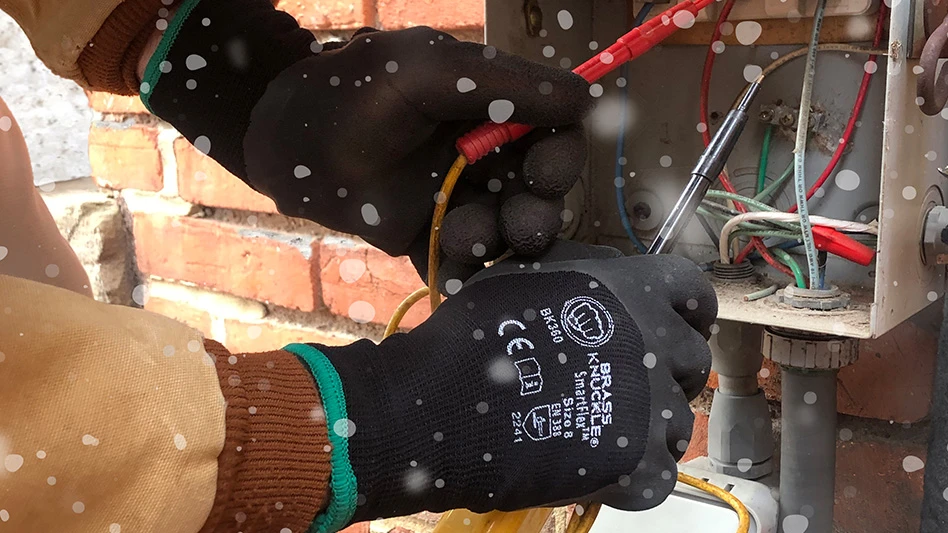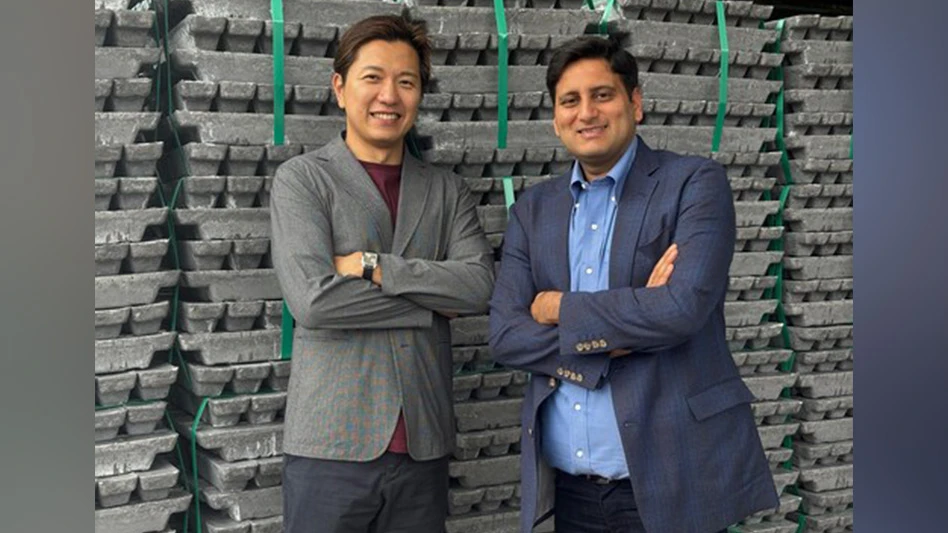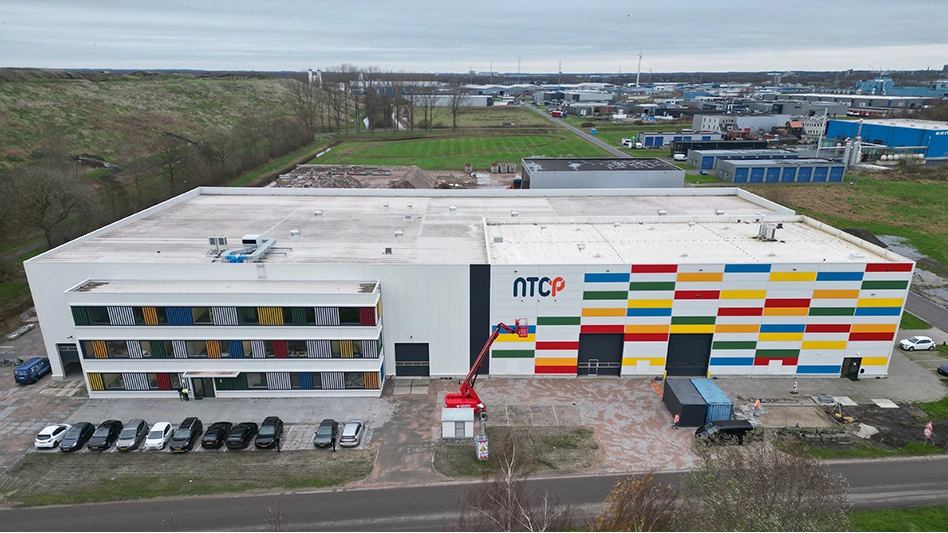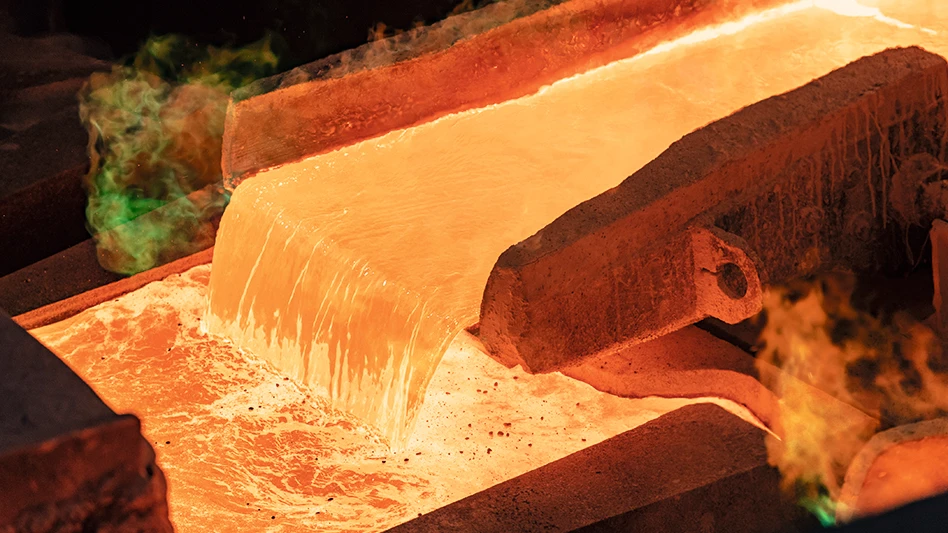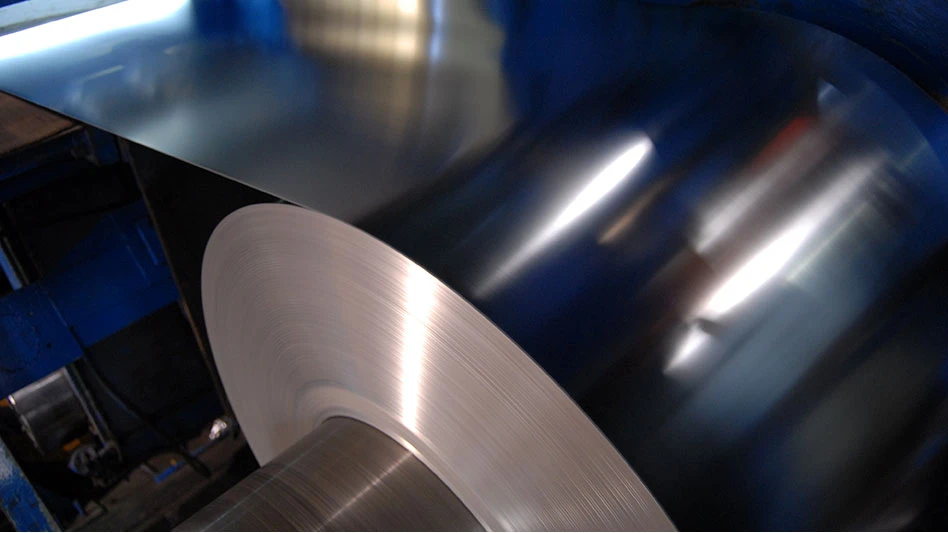
As 2015 approaches, more auto recyclers throughout Europe are increasingly looking to auto shredder residue (ASR) and its diversion and recovery as the key to achieving the 95 percent level of recovery for end of life vehicles that is required by the end of that year.
As regulations demand that auto shredders throughout Europe and beyond reach new recovery targets for end of life vehicles, the processing of auto shredder residue is becoming more of a priority.
Ian Hetherington, director general of the British Metals Recycling Association (BMRA), says Europe is exceeding the current 85 percent diversion requirement. But he says, adding the additional 10 percent needed is most likely going to involve a combination of new recycling schemes as well as energy recovery from ASR materials that are not as easily recycled.
In November of 2012 BMRA applauded a decision made by the U.K.’s Environment Agency and Department for Environment, Food and Rural Affairs (DEFRA) allowing ASR generated in the U.K. to be recovered and converted into energy rather than being landfilled. That meant that most of the 800,000 metric tons landfilled each year could be diverted.
Hetherington says most of the 47 U.K.-based auto shredders are currently sorting through their ASR at least minimally, but more processing will be needed to achieve 95 percent. He says the bulk of the new target would be met through energy recovery from ASR and the recovery of plastics. A third element will be recovering the small amount of metallics that still remains within ASR.
“We are looking at making up somewhere between 9 and 10 percent,” Hetherington says. “By the time you take the metals, the ferrous metal, the aggregates that you extract and the plastics, you are still only going to get to about 86-87 percent. You need the energy recovery in order to get the recovery value from the remainder.” Hetherington says, in his view, most of the ASR is not recyclable as a single material recyclate. For example, foam, which makes up a large portion, can’t be recovered as a single polymer. “I can’t envisage a time when that will ever be recycled by anything other than energy recovery,” he says.
Much of that energy recovery might have to occur outside of the U.K. for the time being, Hetherington says. He points to the considerable overcapacity in Northern Europe in the existing household energy-from-waste (EfW) sector as one factor. “They can take some of this material into existing energy-from-waste plants for incineration and to generate energy from it,” he says.
Conversely Hetherington says, the 95 percent level may take more time to reach in the U.K. simply because EfW capacity doesn’t yet exist there, although plans are underway. “We have no dedicated energy recovery plants at the moment,” Hetherington says.
Hetherington says that reaching the 95 percent target is likely two years away in the U.K. The schedule is even longer in Southern Europe, he adds.
The various energy recovery techniques, Hetherington says, either use the ASR as is or incorporate some type of upgrading. Some also call for the blending of ASR with other materials. Hetherington describes a continuum of processes that range from incineration at the more basic level to gasification and pyrolysis on the more sophisticated end.
Another outlet for this material, Hetherington notes, is the use of ASR as a replacement for fossil fuels, in cement kilns, for example. He adds, though, that the concentrations of ASR in this use need to be analyzed and perhaps diluted.
“The challenge we face with this material: it has a very, very high concentration of chlorine, which is a major contaminant in standard EfW plants and also cement kilns, which is one of the reasons it has to be blended with other materials in quite high proportions,” Hetherington explains.
OPERATING MODELS VARY
Auto shredding companies that have addressed the recovery of ASR have tackled the issue in a variety of ways.
“I think there will be two primary business models: one will be a partnership arrangement for a company to process its own, and third-party providers offering services to acquire material from the independents,” explains Hetherington.
Compounding the issue is the fact that there are several components within ASR that appear to offer recovery potential. For instance about 25 percent of the ASR comprises plastics, some of which can be recycled in a closed loop fashion.
Hetherington says while the U.K. may be slower to the curve when it comes to energy recovery, it is in a better position to process plastics from ASR for recycling, as that is what U.K.-based auto shredding companies have tended to invest in.
Some auto shredding companies wishing to capitalise on the various components in ASR are finding it advantageous to do a certain amount of upgrading of the ASR before further recycling processes.
“There is an element of downstream sorting which is inevitably aimed at preparing the material for the plastics recycling process,” says Hetherington. “That is why these companies need technology partners, because clearly they are moving beyond purely mechanical separation.”
However it may not be necessary for the companies to do this upgrading on their own, depending on the solution that is pursued.
A COMPREHENSIVE APPROACH
One company that is working to address the ASR issue in its entirety is SiCon GmbH, based in Hilchenbach, Germany. The company has partnered with German automaker Volkswagen AG to supply auto shredding companies with a modular process that the companies say is capable of recovering more than 95 percent of the ASR.
Currently five auto shredding plants (four in Europe and one in the U.S.) have invested in the systems, and another four (two each in the EU and U.S.) are due to come online in early 2014. The five systems together are processing about 600,000 metric tons of ASR per year, says Heiner Guschall, managing director of SiCon. Capacities range from 25,000 to a maximum of 150,000 metric tons per year, Guschall says, although the largest system built so far has been 100,000 metric tons.
“It doesn’t make sense when you have 100,000 metric tons [of ASR], that someone is taking care of only a small portion and you still have to look for a solution for the rest,” Guschall says.
He estimates that of the 300-plus auto shredding companies in Europe, only about half are doing some sort of qualified processing of their ASR beyond metal separation. “Only the minority at the moment are looking for the nonmetallic residue,” he says.
He says the high landfill costs in Europe have made the processing of ASR more of a priority, however progress still needs to be made.
The SiCon-VW process produces four end products: shredder fibres (foam insulation, carpets and fabric), shredder granules (plastics and wood), shredder sand (fines) and nonferrous metals, all of which have the potential for positive revenue, Guschall says. Companies do not have to upgrade their material before processing.
With regard to the nonferrous product, the metals are separated into three different fractions: copper, aluminium and stainless steel, which can then be supplied directly to metals producers. “We do not supply a mixed product,” Guschall says. “This is very important for us.” This portion of the process uses SiCon’s FinesTuning system to separate elements.
The mixed plastics fraction accounts for about 25 percent of the ASR, Guschall says, “but not all plastics from this mixture can be recycled,” he says. He estimates that about one-fourth of the plastics in the ASR stream can be recycled, i.e. the acrylonitrile butadiene styrene (ABS) and some polyolefins. “The rest is something for chemical recycling or feedstock recycling.”
The fact that most of the 10-plus types of plastics in ASR are 12 to 14 years old also is a factor. “Nowadays much more polypropylene (PP), is used but this was not the case 14 years ago, therefore the recycling is facing some restrictions.”
SiCon’s automated Polyfloat process segregates three plastic fractions: ABS/polystyrene, polyethylene/PP, and PVC. The system separates with an efficiency of more than 99 percent, Guschall says. Polyvinyl chloride (PVC), the most problematic of the plastics, he notes, accounts for about 15 percent of the ASR plastic stream.
Guschall says some of the mixed plastics can be used as an alternative reducing agent in the steel industry, or can go for the production of fuel. On that note, the company’s ReEnvision process can generate a synthetic gas rich in hydrogen from some of the mixed plastics. It is a process that qualifies as recycling, Guschall says.
Guschall says the shredder fiber fraction, which makes up about 30 percent of the ASR, can be used for dewatering applications in the treatment of municipal sewage sludge, or it also can go through a gasification system such as ReEnvision. The fibres also can be recovered and used as a qualified alternative fuel in the cement industry.
Meanwhile the newest SiCon-WV process for recovery of the shredder sand fraction is set to be installed at a site in Europe, Guschall says. Shredder sand is already used as alternative daily cover for landfills, and SiCon is designing a system, to be installed at steel plant in Europe that will be capable of processing 20,000 metric tons of shredder sand per year to recover the significant amount of zinc from the shredder sand. It also recovers the iron, converts the ferrous oxide into good quality crude steel and produces construction slag, Guschall says.
CLOSED LOOP RECYCLING
Another company that has put considerable research and development work into closed-loop recycling of the plastics in ASR is MBA Polymers, headquartered in the United States. The company’s newest and largest facility, located in Worksop, England, was founded as a joint venture with European Metal Recycling Ltd. (EMR), based in Warrington, U.K. MBA also operates two other plastic recycling plants in Austria and China, both of which process waste electrical and electronic equipment (WEEE) and municipal solid waste (MSW).
Mike Biddle, founder and president of MBA Polymers, says the Worksop facility is the largest and most advanced of its kind in the world, and is presently the only one set up primarily to process upgraded ASR on such a large scale. It also accepts some WEEE and MSW. Current capacity is 60,000 metric tons of plastic per year, and plans are underway to increase that to 80,000.
Feedstock for the plant, Biddle says, is mixed plastic from ASR. Five end products are produced: High-density polyethylene (HDPE), polypropylene (PP), filled PP, acrylonitrile butadiene styrene (ABS) and high impact polystyrene (HIPS). These plastics are then sold to major manufacturers such as appliance or electronics companies.
Biddle says MBA plans to continue to partner with other auto shredding companies, in addition to EMR, to supply ASR plastics. The MBA process requires that ASR be upgraded using some type of downstream equipment, Biddle says. “Most [companies] are putting it in themselves either on their own or in consultation with us,” Biddle says. “We actually do supply them some equipment if they don’t have it, because there is some proprietary equipment that we make that works well,” he says.
The author is managing editor of Recycling Today Global Edition and can be reached at lmckenna@gie.net.
Latest from Recycling Today
- AISI, Aluminum Association cite USMCA triangular trading concerns
- Nucor names new president
- DOE rare earths funding is open to recyclers
- Design for Recycling Resolution introduced
- PetStar PET recycling plant expands
- Iron Bull addresses scrap handling needs with custom hoppers
- REgroup, CP Group to build advanced MRF in Nova Scotia
- Oregon county expands options for hard-to-recycling items

